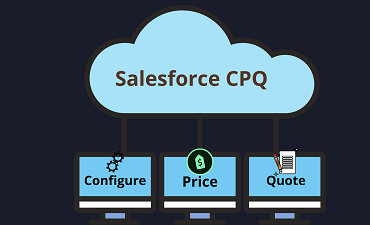gohighlevel pricing can be an intimidating concept for those who don’t understand it, which is why it’s important to be informed before making any purchases. HighLevel pricing refers to the cost of goods or services when they are sold at the highest possible rate. It’s also known as premium pricing since it involves charging a higher price than what customers may expect.
The Benefits of HighLevel Pricing
HighLevel pricing has its advantages for businesses. When consumers pay a higher price for something, it usually means that businesses can keep their profit margins high. This method of pricing also enables businesses to compete in the marketplace without having to significantly reduce their prices. By charging higher prices, companies are able to differentiate themselves from other competitors and maintain their brand image
Risks of HighLevel Pricing
Although there are some benefits to HighLevel pricing, this approach can also have potential risks. When customers pay a higher price than expected, they may feel dissatisfied with their purchase and like they’ve been taken advantage of. Additionally, this pricing strategy could limit the number of potential customers, as not everyone will be willing or able to pay the higher price.
Understanding Price Elasticity of Demand
It’s important to carefully consider the price elasticity of demand when setting HighLevel prices. Price elasticity of demand describes how sensitive customers are to changes in price. If the demand for a product or service is highly sensitive to price changes, then corporations should consider lowering their prices in order to remain competitive.
Analyzing the Market Landscape
Businesses should also analyze the market landscape to determine if HighLevel pricing is a viable option. They should research their competition and compare the price points of their products or services with their competitors. This type of analysis can provide insight into whether the prices being charged are too low, too high, or just right.

Factoring in Cost of Production
When setting prices, it’s important to factor in the cost of production.This includes not only the cost of materials but also labor and overhead. If the cost of production is too high, then it could be difficult to justify charging high prices. On the other hand, if the cost of production is relatively low, then businesses can charge a bit more for their goods or services.
Making Customers Feel Valued
Finally, it’s important to make sure that customers feel valued when they pay a high price. This could include offering incentives, such as discounts on future purchases or free shipping, to help customers feel like they’re getting a good value for the money they’ve spent.
HighLevel pricing can be a tricky concept to navigate, which is why it’s important to understand all the factors involved in determining prices. By considering price elasticity, analyzing the market landscape, factoring in the cost of production, and making customers feel valued, businesses can ensure that they are setting the right price points for their goods or services.



